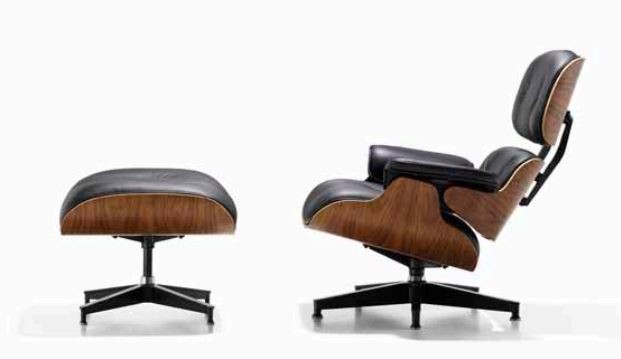The Herman Miller Collection Lounge gracing the Sydney Film Festival Town Hall Hub in June stretched era, memories, design, materials and fabrics. This was a Herman Miller initiative in partnership with Living Edge, the company’s national retailer, and even if you missed the range in situ you can still buy items from the store.
“The products were selected by myself in partnership with our Herman Miller Collection product management team,” said Caroline Perry, marketing director at Herman Miller Australia.
“We aimed to show the most comprehensive display including new product launches – the Wireframe Sofa group and Eames Fibreglass Shell Chair and some of our most classic pieces such as the Eames Lounge & Ottoman.” (The Shelll Chair is in newly formulated sustainable fibreglass, and the 2012 Wireframe Sofa by Sam Hecht and Kim Collin is steel wire with snug-looking upholstered fabric and, says the company, is about half the weight of conventional sofas.)

Perry confirms a natural film-furniture fit. Herman Miller pieces appear in film and television series from Mad Men to The Hunger Games franchise, and the first Eames Lounge & Ottoman was designed as a gift for famous film director Billy Wilder.
 Eames® Lounge Chair and Ottoman. Designed by Charles and Ray Eames, 1956. Images: HermanMiller.com.au
Eames® Lounge Chair and Ottoman. Designed by Charles and Ray Eames, 1956. Images: HermanMiller.com.au
Scattered around the Hub were clever coasters, with slogans developed by Herman Miller, using Miller imagery as backdrops, and graphics designed by Kate Lochrin from Living Edge. “For every need” pinpointed the Shell Chair’s adaptability; “From humble beginnings”, the wireframe (think shopping basket, the company says) and “A seat with no bottom?” the shapely Ray Eames walnut stool that resided in the lobby of the Time-Life building.
 Eames® Moulded Fibreglass Shell Chair
Eames® Moulded Fibreglass Shell Chair
The festival display took its direction from the original 1948 collection of George Nelson, Miller’s design director for 27 years, which included collaborations with Charles Eames and Isamu Noguchi, and featured 77 pieces, including tables, benches, chairs and sofas. It was a step towards Nelson’s aim to have “a permanent collection designed to meet fully the requirements for modern living”.
The store also flew out Eames’s filmmaker grandson and principal of the Eames Office, Eames Demetrios, who encapsulated the ever-lasting appeal of these designers. ”I believe they were very good at surrendering to the design journey, to play with an idea and to follow to see where it led them,” he told DQ editor Sophia Watson. “So many of their designs have been a lesson in adaptive practice when it came to material, form, function.”
Deborah Singerman is a Sydney-based journalist and editor, specialising in architecture and design, including city, community, society, economy, sustainability and culture.

